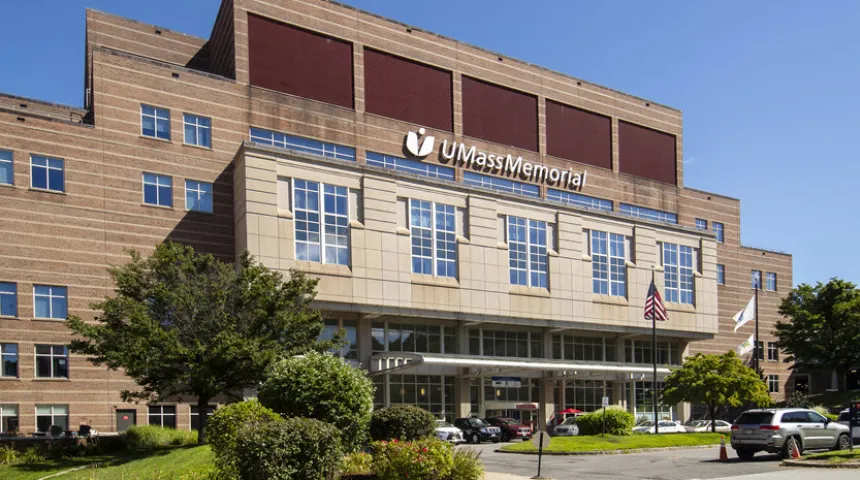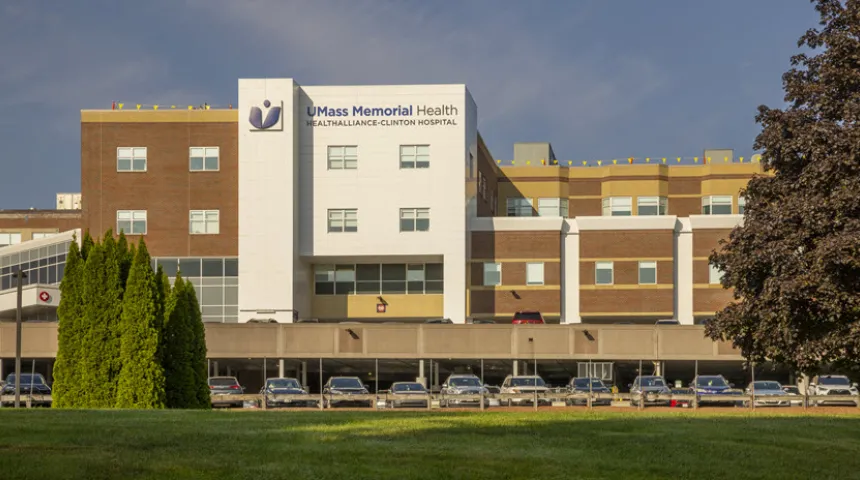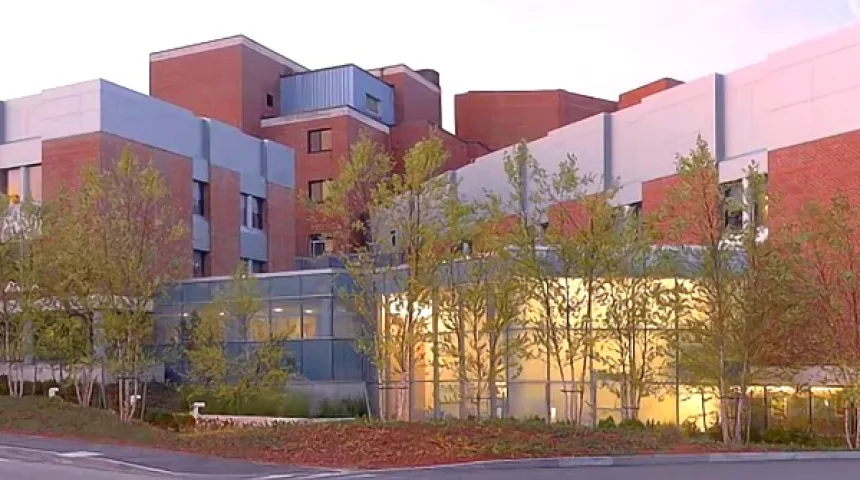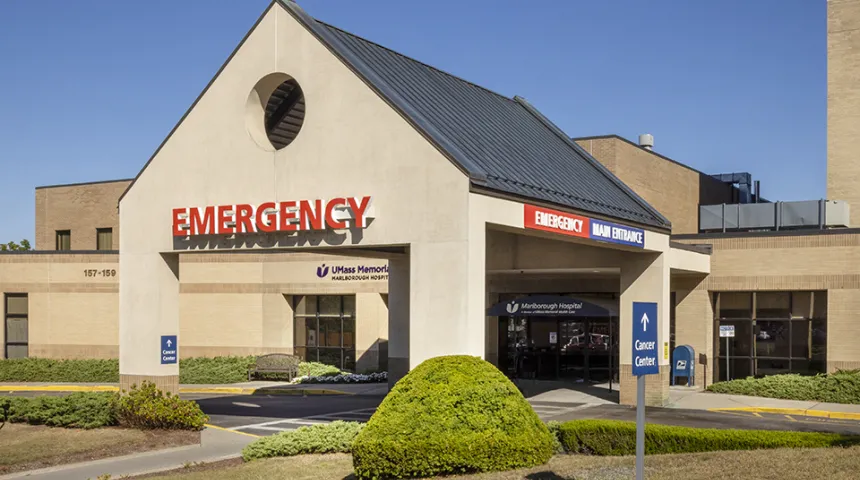Colonoscopy
A colonoscopy could save your life. Trust our gastroenterologists for accurate results and compassionate care.
Why Choose Us for Colonoscopy?
Board-Certified Specialists
At UMass Memorial, experienced, board-certified gastroenterologists perform the colonoscopy. We have the expertise to spot even tiny abnormalities that are easy to miss.
Convenient Care
We provide colonoscopies at UMass Memorial Medical Center and several other locations across Central Massachusetts. Choose the location that works with your schedule. No matter which location you choose, you’ll get the exceptional care you deserve.
Focus on Your Comfort
Many people delay or avoid colonoscopies because they worry about prep or don’t know what to expect. Our team listens to your concerns and walks you through each step before, during and after the procedure. If you have questions, you can call a dedicated line that connects you with our team.
Our Gastroenterology Locations

UMass Memorial Medical Center - University Campus
55 Lake Avenue North,
Worcester, MA 01655

UMass Memorial Medical Center - Memorial Campus
119 Belmont Street,
Worcester, MA 01605

HealthAlliance-Clinton Hospital - Leominster Campus
60 Hospital Road,
Leominster, MA 01453

Milford Regional Medical Center
14 Prospect Street,
Milford, MA 01757


UMass Memorial Medical Group at Northborough Crossing
333 Southwest Cutoff,
Northborough, MA 01532
Get Started
Call 855-UMASS-MD (855-862-7763) or request an appointment with a gastroenterologist.

